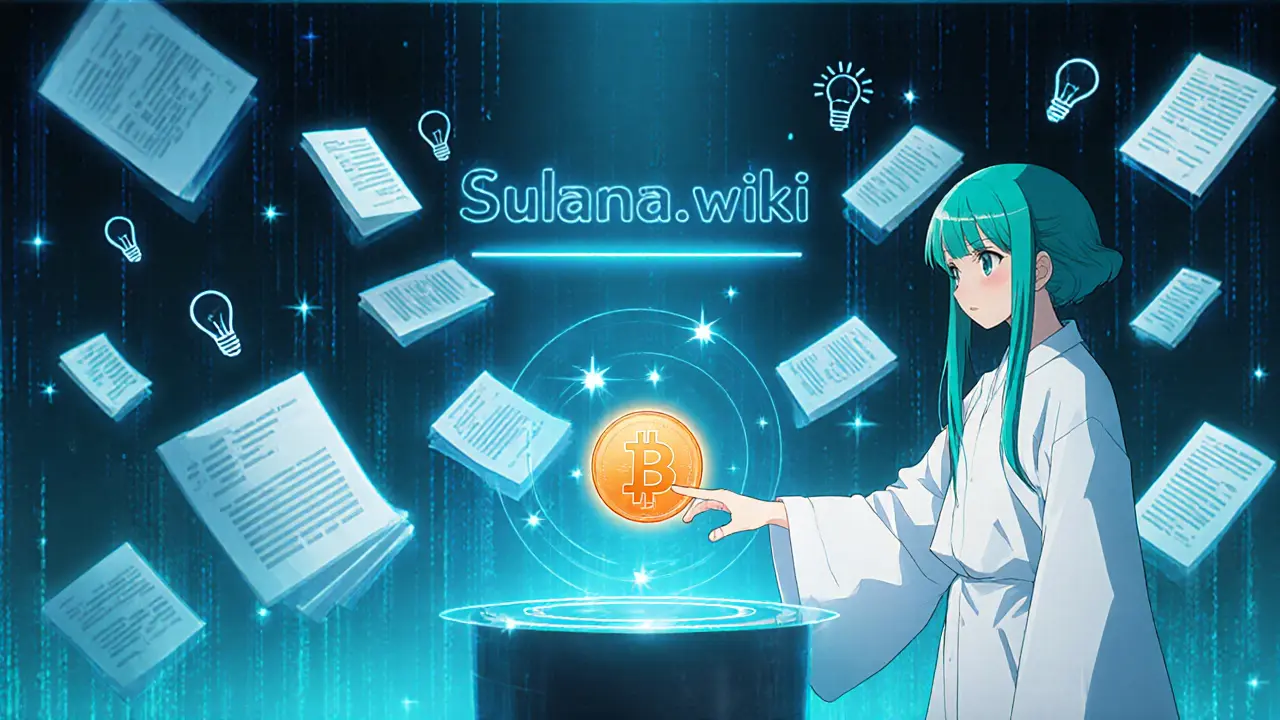ERC-20 Token Guide
When working with ERC-20, a token standard that defines how tokens behave on the Ethereum blockchain. Also known as ERC‑20 token, it enables seamless interaction between wallets, exchanges, and smart contracts.
Ethereum Ethereum, the open‑source platform that powers most ERC‑20 assets provides the underlying network where these tokens live. A smart contract, self‑executing code on the blockchain is the engine that enforces the ERC‑20 rules, handling transfers, balances, and approvals. Because the standard is uniform, developers can build DeFi, decentralized finance applications that rely on ERC‑20 tokens for lending, borrowing, and trading without reinventing the wheel.
Why ERC-20 Still Matters in 2025
First, ERC‑20 ERC-20 is a baseline for token creation; if a token follows the spec, it works with any wallet that supports Ethereum. Second, the standard’s simplicity fuels rapid innovation—new projects can focus on utility instead of compatibility. Third, the ecosystem’s massive liquidity means ERC‑20 tokens can be swapped, staked, or used as collateral across dozens of platforms. These attributes keep the token standard at the heart of both new meme projects and serious financial instruments.
Beyond basic transfers, ERC‑20 includes optional functions like permit() for gas‑less approvals, a feature many newer tokens adopt to improve user experience. When DeFi protocols integrate such extensions, they reduce friction for end users and lower transaction costs. This evolution shows how a seemingly static standard can still adapt to emerging needs.
Security is another big piece. Because the ERC‑20 code is open source, auditors can review contract implementations before they go live. Bad actors still try to exploit poorly written tokens, but the community’s shared knowledge helps spot red flags early. Knowing the token’s contract address, checking its source code on explorers, and verifying audit reports are basic steps every user should take.
Tokenomics often hinge on ERC‑20 features like fixed supply, minting functions, or burn mechanisms. Projects can encode deflationary models directly into the smart contract, influencing price dynamics and investor behavior. Understanding these attributes lets you assess whether a token’s economic design aligns with your goals.
Regulatory discussions also reference ERC‑20, especially when lawmakers talk about “cryptocurrency tokens.” Since the standard defines how tokens are transferred, it becomes a useful reference point for compliance frameworks. Keeping an eye on policy shifts helps you stay ahead of potential reporting or licensing requirements.
All this background sets the stage for the articles below. You’ll find deep dives into specific ERC‑20 projects, guides on navigating airdrops, comparisons of DeFi platforms, and practical tips for evaluating token security. Dive in to see how the standard shapes today’s crypto landscape.
- October 17, 2025
- Comments 3
- Cryptocurrency
Sulaana (SUL) Token Explained: What It Is, How It Works & Market Outlook
- October 13, 2025
- Comments 3
- Cryptocurrency


